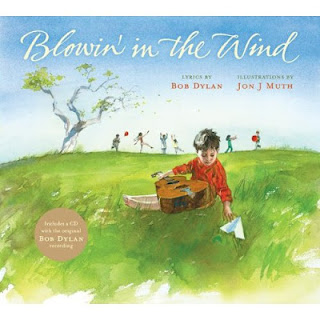--------------------------------------------------------------------------------------------------------
Where can you buy certified organic coconut oil?
You can buy coconut oil online and in store at Biome Brisbane. We are impressed by the Niugini Organics story, which being produced in Papua New Guinea, has the lowest food miles for delivery to Australia. It is extracted without heat and is jarred and boxed by the community of growers who grow the coconuts from which the oil comes. The other organic coconut oils also have good features. Choose from at Biome:
Niugini Organics certified organic coconut oil
Coconut Magic
Banaban coconut oil
Oil4life organic coconut oil.
--------------------------------------------------------------------------------------------------------
We've learned many times at Biome that every idea will have its day! And it appears that the time has come for the idea of Organic Coconut Oil. Although some people, like Bruce Fife of the Coconut Research Centre cracked this coconut wide open many years ago.
Fife believes that in the 80's coconut oil was wrongly lumped in with harmful saturated fats (partly due to propoganda by the soy bean industry) and it was replaced in general food use by hydrogenated soy bean oil, with devastating economic impacts for the Pacific communities that grow organic coconut oil. He says:
The connection between heart disease and coconut oil that frightened so many people never existed. What most people didn't understand at the time was that there are many different types of saturated fat and that the fat in coconut oil is completely different from that found in animal fats. This difference is important because it's what makes coconut oil unique and gives it its remarkable healing properties.
Of course, there are some who are not so upbeat about coconut oil, so please do research and decide for yourself. Remember that virgin (unprocessed or raw) organic coconut oil is very different to hydrogenated coconut oil, which is not healthy.
Biome has sold organic coconut oil for about two years. Originally it was a customer in store who suggested we should take a look. Then it turned out that some of the healthy living Biome team were already experiementing with coconut oil!
Healthy eating role models like Sarah Wilson have promoted the organic coconut oil message for many years (here is a 2011 post from Sarah Wilson that explains perfectly what is so great about coconut oil). Sarah is now regularly called upon by the media to talk about coconut oil.
Yet, it was way back in 2004 that Bruce Fife released The Coconut Oil Miracle where he outlined his research that found when taken as a dietary supplement, used in cooking, or applied directly to the skin, coconut oil could:
- Promote weight loss
- Help prevent heart disease, cancer, diabetes, arthritis, and many other degenerative diseases
- Strengthen the immune system
- Improve digestion
- Alleviate premature aging of the skin
Why is organic coconut oil finally having its day?
It appears that the relationship between coconut oil and "sugar" has propelled it into the mainstream. We have seen the Sweet Poison and no sugar diet phenomenom, coupled with more people needing to manage Type 2 Diabetes. And, as Sarah Wilson explains, coconut oil helps stop sugar cravings and energy slumps. Your body sends medium-chain fatty acids straight to your liver to use as energy. This means that coconut oil is a source of instant energy to your body, much like when you eat simple carbohydrates. But although they both deliver quick energy to your body, unlike the carbohydrates, coconut oil does not produce an insulin spike in your bloodstream. This saves you from a slump, and is good news for anyone struggling with insulin issues.
Niugini Organics claims that reliable scientific evidence indicates that coconut oil stimulates the metabolism without the production of insulin, assisting with the management of Type 2 Diabetes and Cholesterol.
Secondly, we are also learning that some vegetable oils, like olive oil, can be harmful when heated - whereas organic coconut oil can be heated to 170 degrees Celsius without turning itself into a trans-fatty-acid or transfat. People using safe, non stick cookware such as Neoflam, know to use coconut oil because it does not ruin the non stick cookware surface.










































